Clean livestock policy: This week’s heavy rainfall and a deterioration in ground conditions is giving rise to greater scrutiny around compliance with the requirements of the clean livestock policy.
Some factory procurement managers report an increase in lambs being categorised as Category B lambs and requiring remedial attention pre-slaughter while there has also been a small number of cases of lambs being categorised as Category C lambs and denied immediate access to slaughter.
The latter cohort were typically lambs with a soiled and wet fleece, with remedial action harder to address where the fleece of lambs is excessively wet.
As such, it is important to take the necessary steps to ensure lambs are presented in optimum condition.
The environment in which lambs are held for drafting is an important consideration with handling of lambs on slats, straw bedding or with an appropriate absorbent material limiting fleece soiling at this early stage in the process.
If animals have been grazing on wet underfoot conditions, passing through muddy gateways or congregating around feed troughs then the best option, if feasible, might be to delay drafting until the fleece of lambs is relatively dry or housing to allow time for the fleece to dry.
Dagging dirty tail-ends is essential to prevent fleece contamination during transit.
Teagasc recommends withdrawing feed for a minimum of eight hours and a maximum of 12 hours, with animals offered free access to water at all times.
For animals travelling long distances it is important to liaise with your processor.
Teagasc guidelines also highlight the following practices:
Only clean stock deemed fit for transport should be loaded. Only persons with experience of moving/handling stock should be involved in loading and unloading. Ensure correct handling to maintain animal welfare and avoid carcase damage. Avoid mixing groups or batches of livestock and use solid partitions/dividers to separate groups. Provide sufficient space for animals in transit.Absorbent materials should be used on the floor. Where decks are in use, ensure that faeces /urine from higher decks do not soil sheep on lower decks.Forage crops: Forage crops sown under the Green Low-Carbon Agri-Environment Scheme (GLAS) can be grazed since 1 December. It is advisable to crutch or clip the belly wool of lambs to limit the chances of fleeces becoming excessively soiled. This will also depend on ground conditions and if lambs are being fed on the crop. If so, moving feeders regularly will help.
Reports indicate the yield of crops is positive, providing a better opportunity for farmers to enter temporary grazing arrangements with tillage farmers who may also be keener to get some of the heavy green cover grazed off and recycled via the sheep to allow for easier incorporation.
Clean livestock policy: This week’s heavy rainfall and a deterioration in ground conditions is giving rise to greater scrutiny around compliance with the requirements of the clean livestock policy.
Some factory procurement managers report an increase in lambs being categorised as Category B lambs and requiring remedial attention pre-slaughter while there has also been a small number of cases of lambs being categorised as Category C lambs and denied immediate access to slaughter.
The latter cohort were typically lambs with a soiled and wet fleece, with remedial action harder to address where the fleece of lambs is excessively wet.
As such, it is important to take the necessary steps to ensure lambs are presented in optimum condition.
The environment in which lambs are held for drafting is an important consideration with handling of lambs on slats, straw bedding or with an appropriate absorbent material limiting fleece soiling at this early stage in the process.
If animals have been grazing on wet underfoot conditions, passing through muddy gateways or congregating around feed troughs then the best option, if feasible, might be to delay drafting until the fleece of lambs is relatively dry or housing to allow time for the fleece to dry.
Dagging dirty tail-ends is essential to prevent fleece contamination during transit.
Teagasc recommends withdrawing feed for a minimum of eight hours and a maximum of 12 hours, with animals offered free access to water at all times.
For animals travelling long distances it is important to liaise with your processor.
Teagasc guidelines also highlight the following practices:
Only clean stock deemed fit for transport should be loaded. Only persons with experience of moving/handling stock should be involved in loading and unloading. Ensure correct handling to maintain animal welfare and avoid carcase damage. Avoid mixing groups or batches of livestock and use solid partitions/dividers to separate groups. Provide sufficient space for animals in transit.Absorbent materials should be used on the floor. Where decks are in use, ensure that faeces /urine from higher decks do not soil sheep on lower decks.Forage crops: Forage crops sown under the Green Low-Carbon Agri-Environment Scheme (GLAS) can be grazed since 1 December. It is advisable to crutch or clip the belly wool of lambs to limit the chances of fleeces becoming excessively soiled. This will also depend on ground conditions and if lambs are being fed on the crop. If so, moving feeders regularly will help.
Reports indicate the yield of crops is positive, providing a better opportunity for farmers to enter temporary grazing arrangements with tillage farmers who may also be keener to get some of the heavy green cover grazed off and recycled via the sheep to allow for easier incorporation.




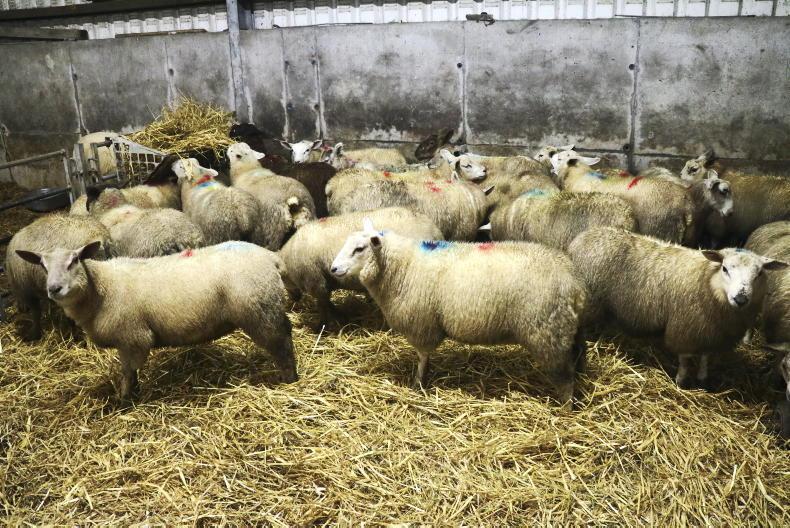
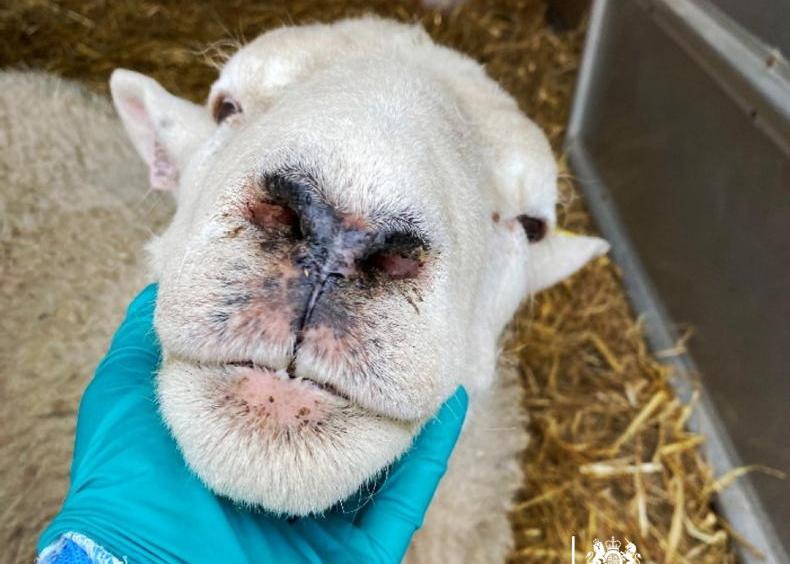

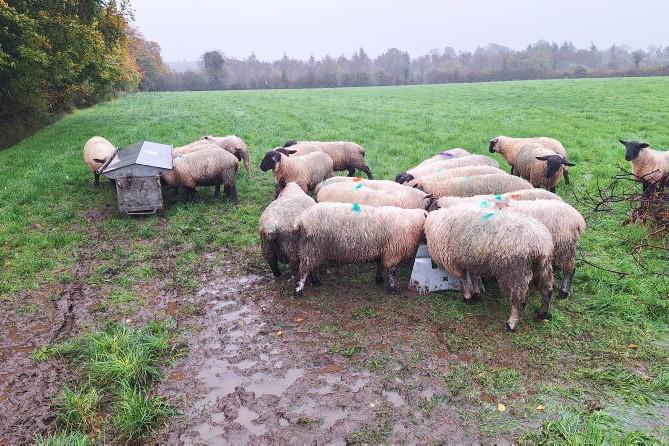
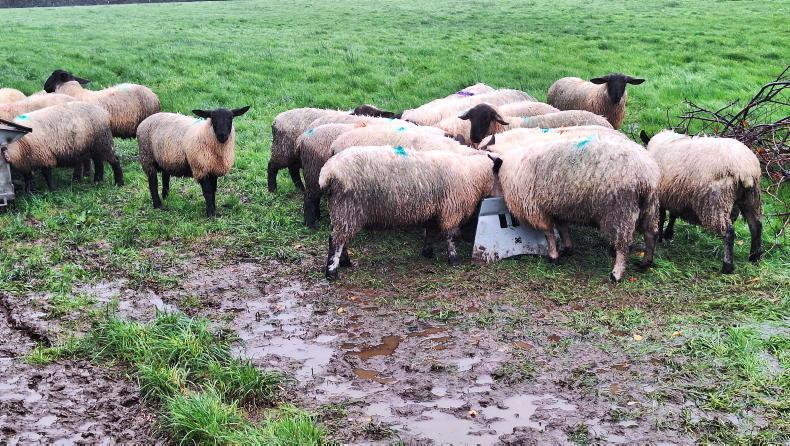
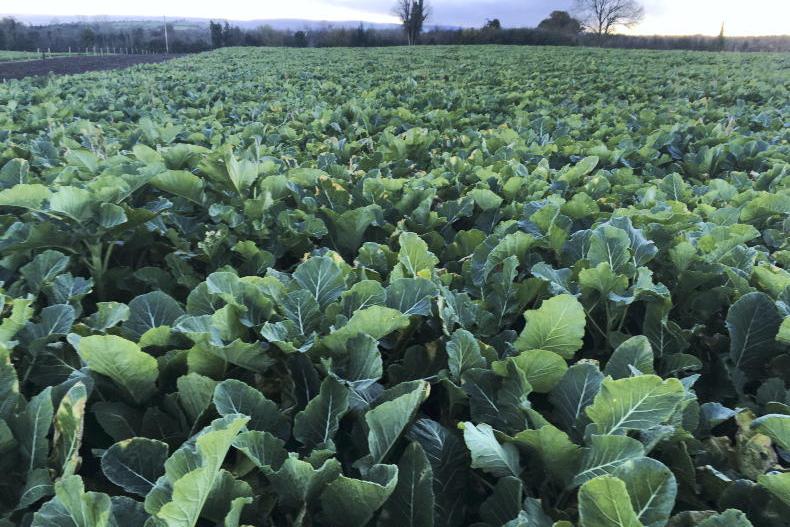
SHARING OPTIONS